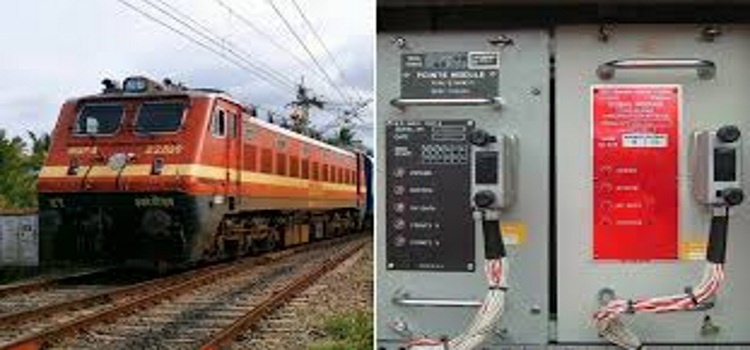
The whistle of the vintage steam trains will ring even more melodiously across the winding paths amidst the greenery of the Kalka-Shimla and the Nilgiri routes in the months to come.
Addressing a crying need, the Indian Railways have finally decided to place control of the two colonial-era heritage trains—both designated UNESCO properties—under separate and dedicated management units. This is how the new order unpacks: Management and operations of the two toy trains will be yanked out of the administrative control of the divisional headquarters of the Indian Railways and brought under the charge of dedicated and separate administrative units.
“An initiative that will help preserve practices, systems and processes of the rail operations of yore; as it will provide a boost to local economy and tourism. In simple terms, the brand of these two trains will get revived”, rail enthusiast and former financial commissioner Sanjay Mukherjee told.
In a space of 26 years from 1881 to 1907, the erstwhile British rulers built and started operations on five hill routes. Three of these—the Darjeeling Himalayan Railways (DHR) apart from the Kalka-Shimla and the Nilgiri trains—have been designated “UNESCO properties”. The fourth—the Matheran Light Railways—is on the tentative UNESCO list.
The DHR, in 2007, was the first of the hill railways to have had a dedicated management unit set up to manage its affairs. The UNESCO mandate has been that a similar model be made applicable for the remaining two hill rail properties that the organisation has accredited.
Heritage conservation has not been a high priority area for the Indian Railways. Until the late sixties, the Indian Railways had had approximately 11,000 steam engines in running condition in its inventory. With a vast majority of these having been cut up and sold off as scrap in the following decades, it has no more than 25 steam engines. The hanging clocks visible at railway stations in the first two decades of the country’s Independence; telephone sets, the uniforms or caps that railways employees or officers wore have mostly disappeared. Some of these items sometimes pop up in the flea markets of Delhi or Kolkata.
Compare this with the scenario in the Western world. The United Kingdom has preserved 1,000 steam engines and operates 100 such trains on heritage lines. In recent years, the country has closed electricity-run trains to replace these by steam-run trains. Majority of the steam routes in the country are financially viable. Thailand—which had a maximum of 200 engines at the peak of its steam era—has preserved 10 locomotives. Four of these are operated as “time-tabled” run trains. In as tiny a country as Switzerland, there exist 100 kilometers of steam lines.
The Indian Railways carries 24 million passengers and operates 19,000 trains each day across its network of 65,500 kilometers: The fourth largest in the world. “Given the pressure of its operations, heritage conservation activities have remained a low priority for railway officials. “While the decision to set up dedicated administrative units for Kalka-Shimla and Nilgiri is a step in the right direction, it does not provide for a complete and lasting solution to the challenges facing heritage conservation”, according to JL Singh, secretary of the Delhi-based Rail Enthusiasts Society.
Singh’s contentions, apparently, are based on the international experience in respect of rail heritage conservation. In a majority of the Western world, tasks of heritage preservation are managed by independent entities such as trusts. Europe has the Federation of Museums and Tourist Railways (FEDIC), while the United Kingdom has the Rail Heritage Trust. Such tasks in Australia are managed by an organisation called “Puffing Billy” in Australia: Named after one of the country’s famous steam locomotive.
“By temperament or training, railways officials are least suited for heritage conservation tasks. We have proposed that such tasks be brought under the control of an “independent entity” with representation from a cross section of individuals such as rail enthusiasts, volunteers or government representatives”, Singh said.
Under the current dispensation, the 172-year-old state-owned transporter has its best chance to revive its heritage. Railways Minister Piyush Goyal is apparently sensitive to conservation needs. At his initiative, rail employees have been asked to move out of the iconic Chattrapati Shivaji Terminal (CST) at Mumbai— earlier known as the Victoria Terminus (VT)—to make space for a museum.
Ashwani Lohani, chairman of Railway Board (CRB) has also been keen on heritage conservation: He is credited to have single-handedly set up a steam shed at Rewari, a two-and-a-half hour drive from the capital. Approximately 10 steam engines have been rehabilitated at the Rewari shed over past few years. Last October, the railways also started a steam run on the Delhi-Rewari route, powered by the “Fairy Queen”, the world’s oldest steam engine.
